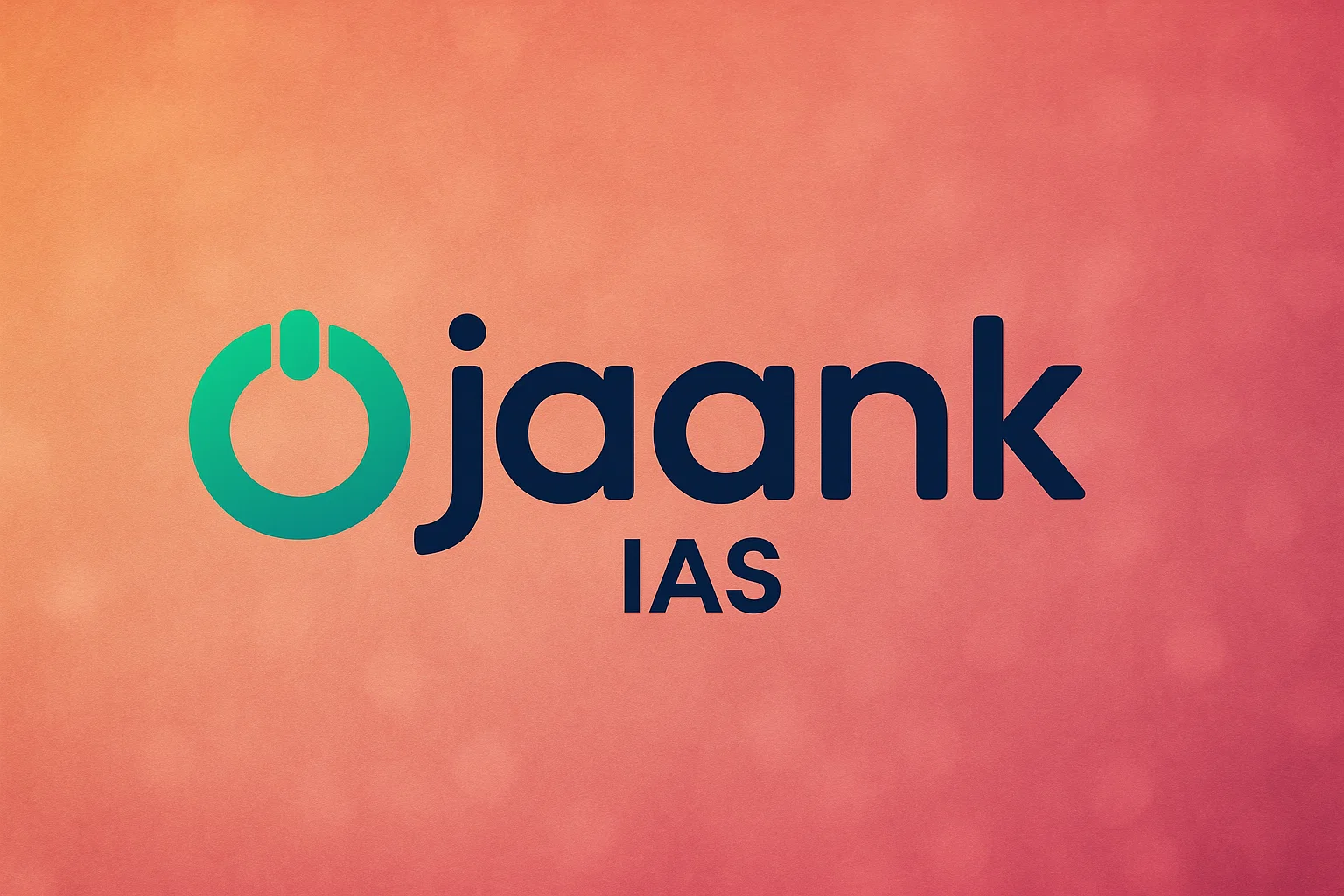Connecting Continents: India-Middle East-Europe Corridor Unveiled at G20 Summit

The G20 Summit, held on September 9, 2023, marked a historic moment when world leaders came together to announce a landmark project to reshape global connectivity. Known as the India-Middle East-Europe Connectivity Corridor, the project is poised to connect India and Europe through the Middle East and usher in a new era of economic integration and cooperation. In this article, we delve into the details of this ambitious endeavor that promises to become a symbol of human unity and progress.
A visionary project takes shape
The India-Middle East-Europe connectivity corridor along with the Trans-Africa Corridor was officially unveiled during the G20 Summit. Prime Minister Narendra Modi, the driving force behind the initiative, emphasized its importance in promoting economic integration between West Asia and Europe. In his message on social media, PM Modi described the corridor as a beacon of cooperation, innovation and shared progress. He expressed hope that the project would stand as a testament to human endeavor and unity across continents.
Global support and investment
The unveiling of this corridor was met with strong support from leading world leaders. US President Joe Biden hailed it as a "game-changing" investment and pledged the United States' commitment to working with partners to realize this transformative vision. French President Emmanuel Macron also expressed enthusiastic support, highlighting the huge opportunities this initiative offers for Asia, the Middle East and India.
European Commission President Ursula von der Leyen echoed those sentiments, calling the corridor "historic" and noting that it would greatly accelerate trade. Participating countries in this monumental project are the United States, India, Saudi Arabia, the United Arab Emirates, France, Germany, Italy and the European Union. This collaboration not only promises to bridge civilizations but also strengthens India's global influence.
Corridor in action
The India-Middle East-Europe Connecting Corridor is to connect railways and port facilities across the Middle East, including the United Arab Emirates, Saudi Arabia, Jordan and Israel. This ambitious infrastructure will play a key role in speeding up trade between India and Europe, reducing transport times and costs.
The origins of this project go back two years, when the Partnership for Global Infrastructure and Investment was first announced. In particular, the United States plans to invest in a new rail line leading from Angola towards the Indian Ocean, a critical part of the corridor. A memorandum of understanding has been created that obligates the states to cooperate in the development of this transformative railway network.
In a statement, the White House emphasized that the project aims to usher in a new era of connectivity and facilitate the movement of goods and people through well-connected ports in Europe, the Middle East and Asia. This ambitious initiative is expected to unlock significant investment, including contributions from the private sector, and support the creation of high-quality jobs.
Conclusion
The India-Middle East-Europe Corridor represents a major leap forward in global infrastructure and economic integration. World leaders have come together to support this visionary project, and it is poised to redefine trade and connectivity between India, the Middle East and Europe. With its potential to bridge continents and enhance India's influence on the global stage, this corridor promises to be a beacon of progress and unity in the coming years.